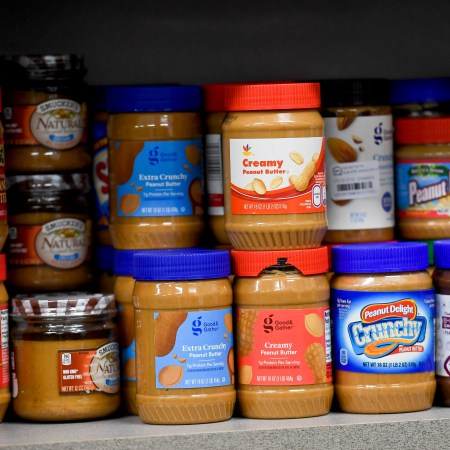What’s the difference between a runner and jogger?
Depends on who you ask. Some of the sport’s experts like to say that jogging begins at any run slower than 6 mph, or a 10:00 mile pace, but that’s arbitrary and unscientific. Most runners like to eyeball it — they can just tell, with feel, when their jog becomes a run and vice versa. Others weaponize the term “jogger” in a disparaging fashion. (“Don’t jog in lane one when I’m trying to do a track workout,” etc.) And for Dr. George Sheehan, the iconic author and runner who long wrote as a medical editor for Runner’s World, the distinction is an obvious one: “The difference between a runner and a jogger is a signature on a race application.”
The conventional implication there is that runners care more about running. They have regimens, goals, races. If you’re a runner, you’re motivated. If you’re a jogger, you’re not. But what if an embrace of the term “jogger” is actually more motivating for certain groups? For many non-runners, the concept of a running routine is far too intimidating. It comes with weighty expectations and participation in a culture that they deem unnecessary (and potentially insane). Jogging, in contrast, sounds like a fair compromise.
At least that’s what creative agency Brontosaurus discovered when planning a nationwide initiative for Knob Creek. The bourbon label wanted to design a program meant to encourage the health of bartenders around the country (who were hit hard mentally and physically the last couple years, and even in normal times, struggle to stay in shape due to the nature of their work), and envisioned a virtual running club. But Brontosaurus quickly discovered, as Outside reports, that the idea wasn’t testing well. People worried it would be too difficult, or that they would embarrass themselves by running too slow. Why subject themselves to that, after so many months of pain?
So Brontosaurus, headed by a man named Chris Heuisler, made a slight switch: “We collectively came to find out that jogging was the Trojan horse into the program,” he told Outside. The Knob Creek Jogging Club was born. The bartenders were represented by four regional teams (once was named “Hair of the Jog”), and jogged for 12 straight weeks, cheered on by periodical check-ins with “coaches.” At the end of the period, 75% of them met a distance goal of either nine, 12 or 15 kilometers — so chosen to represent Knob Creek’s 9-, 12-, and 15-year-aged Knob Creek bourbon whiskeys — many had lost weight and one even called the experience “life changing.”
It’s an unlikely story, but a welcome reminder that personal fitness journeys need not resemble the goals of the “fittest” person you know. Consider all the longevity research that indicates just walking a bit more each day will add years to one’s life. (If you follow ScienceDaily regularly, as I do, you’d know there’s a new study on this at least once a month.) Movement is key. Consistency is critical. So if thinking of running as jogging is the mental adjustment you need to keep at it, then be a jogger.
All serious runners are aware that their sport never gets any easier. Once you get faster, your reward is having to race faster people. There’s an arms race on the distance side, too. Ultramarathons, staged in increasingly dangerous locales, are all the rage these days. Speedwork and high-mileage training, meanwhile, can often lead to unhealthy forecasts, letdowns in competition, knee injuries. And so on. But running (sorry, jogging), is allowed to be fun. It can be self-aware, silly and approachable. It seems counterintuitive to enter into exercise with a “this doesn’t matter” attitude ·it goes against everything we were ever taught in sports), but you might be surprised.
Knob Creek, for its part, found so much success with its inaugural jogging club that it’s reviving the program again this month.
This article was featured in the InsideHook newsletter. Sign up now.


















